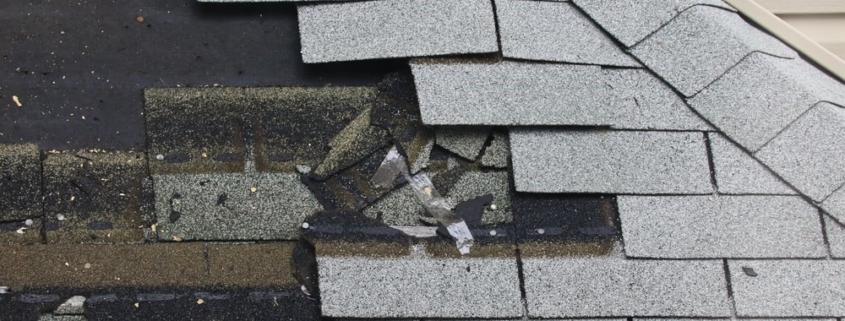Understanding insurance coverage for roof damage
Purchasing a home is likely the biggest investment you’ll make. And caring for it is extremely important. An essential part of your home is your roof. As a homeowner, it’s likely you don’t think about it often. However, a roof in good condition:
- Provides protection from Mother Nature.
- Provides energy efficiency by keeping your home warm during winter and cooler during the summer.
- Provides curb appeal.
- Increases property value.
Unfortunately, as a roof ages, it can experience a variety of problems that may require repair or replacement. Some common issues include:
- Leaks
- Shrinking and cracking
- Curling and blistering
- Fading and discoloration
- Sagging
A homeowners insurance policy provides coverage for your roof. However, there are different ways it could be covered if it’s damaged by a covered peril such as fire, wind, hail, or a falling tree.
1. Actual cash value provides coverage for the value of the roof at the time it’s replaced. Your roof’s age will be reflected in the claim payment. For example, if your roof is 15 years old, and the shingles depreciate by 3% each year, your claim payment would be depreciated by 45%.
2. Replacement cost provides the coverage you need to replace your roof minus your deductible.
It’s important to understand that damage to your roof doesn’t necessarily guarantee your insurance policy will cover a full replacement. Factors to consider include:
- Age of the roof
- Policy language
- Policy exclusions
- Policy deductibles
- Percentage of the roof that’s damaged
In addition, if your shingles are still produced and a match is available, your insurance policy may cover repair instead of replacement of your roof.
A homeowners policy typically doesn’t cover:
- Manufacturer’s defects
- Improper installation
- Mechanical damage
- Simple wear and tear
Because of more powerful storms, supply chain constraints, and inflation, insurance carriers are increasing premiums, adjusting insurance deductibles, and changing coverage options. Reviewing your insurance policy with your independent agent is a great way to learn more about what your insurance policy covers and where adjustments in coverage might be needed.
Do you have any tips or information you’d like to share? I’d love to hear them; please share them in the box below.
This article is intended for general educational and illustrative purposes only and should not be construed to communicate legal or professional advice. Further, this article is not an offer to sell insurance. Please consult with your licensed insurance agent for specific coverage details and your insurance eligibility. All policies are subject to the terms, conditions, limitations, definitions, and exclusions contained therein.







Leave a Reply
Want to join the discussion?Feel free to contribute!